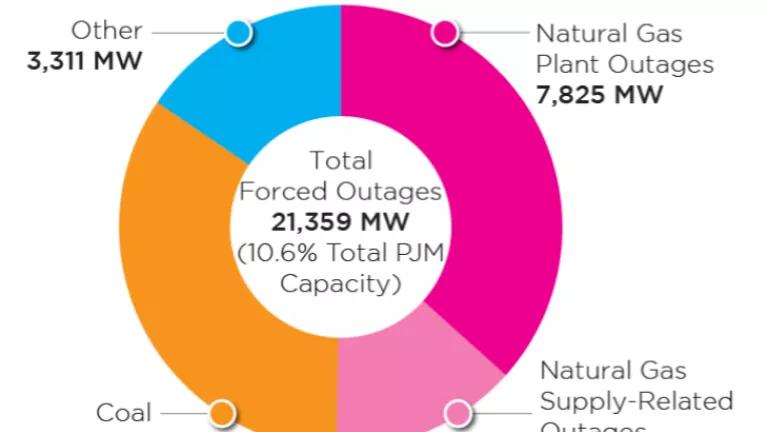
Today’s Chicago Tribune features a long story by Michael Hawthorne about the metal plating industry and their ongoing practice of dumping pollutants such as perfluorinated compounds (PFCs) into the sewers of major cities like Chicago and Cleveland. The PFCs are then discharged, untreated, into nearby rivers, lakes and streams. PFCs are nasty stuff, and have been linked to a wide variety of health concerns, in both humans and animals. Ok, you’re probably thinking, sounds bad, but what does this have to do with polar bears?
Well, PFCs are one of several “persistent organic pollutants” or “POPs”--which also includes chemicals such as polychlorinated biphenyls (PCBs), chlordanes (CHL), DDT and its metabolites, and polybrominated diphenyl ethers (PBDEs)--that don’t readily degrade in the natural environment. As Hawthorne notes, because POPs are so long lasting, once they are emitted into the air or the water they move around, and a lot of them end up in the Arctic. They also tend to bioaccumulate. That is, concentrations of POPs are higher in animals as one moves up the food chain from, for example, fish, to seals, to things that eat seals. And what eats seals? Polar bears.
A 2005 study showed that levels of one type of PFC--perfluoroalkyls, which are associated with fetal toxicity and other effects in mice and rats--have risen exponentially in polar bears from two disparate locations in the North American Arctic. A more recent study showed this same trend in East Greenlandic polar bears. If these current trends continue, scientists expect the lowest-adverse-effect level detected for rats and monkeys for these chemicals could be reached in East Greenland as soon as 2014.
And its not just polar bears at risk. Studies show that Inuit people in Nunavut, Canada, are exposed to PFC, largely from consumption of traditional food such as seals, beluga whales, and caribou. While exposure levels still appear to be low, these are not compounds that are produced or emitted anywhere near the Canadian Arctic. And, as pointed out above, their levels seem to be increasing.
All of which is a helpful, if chilling, reminder about the old environmental saw: think globally, act locally. When it comes to modern chemistry, what we throw into the sewers of Chicago can very well end up in the stomachs and breast milk of people and animals thousands of miles away.

